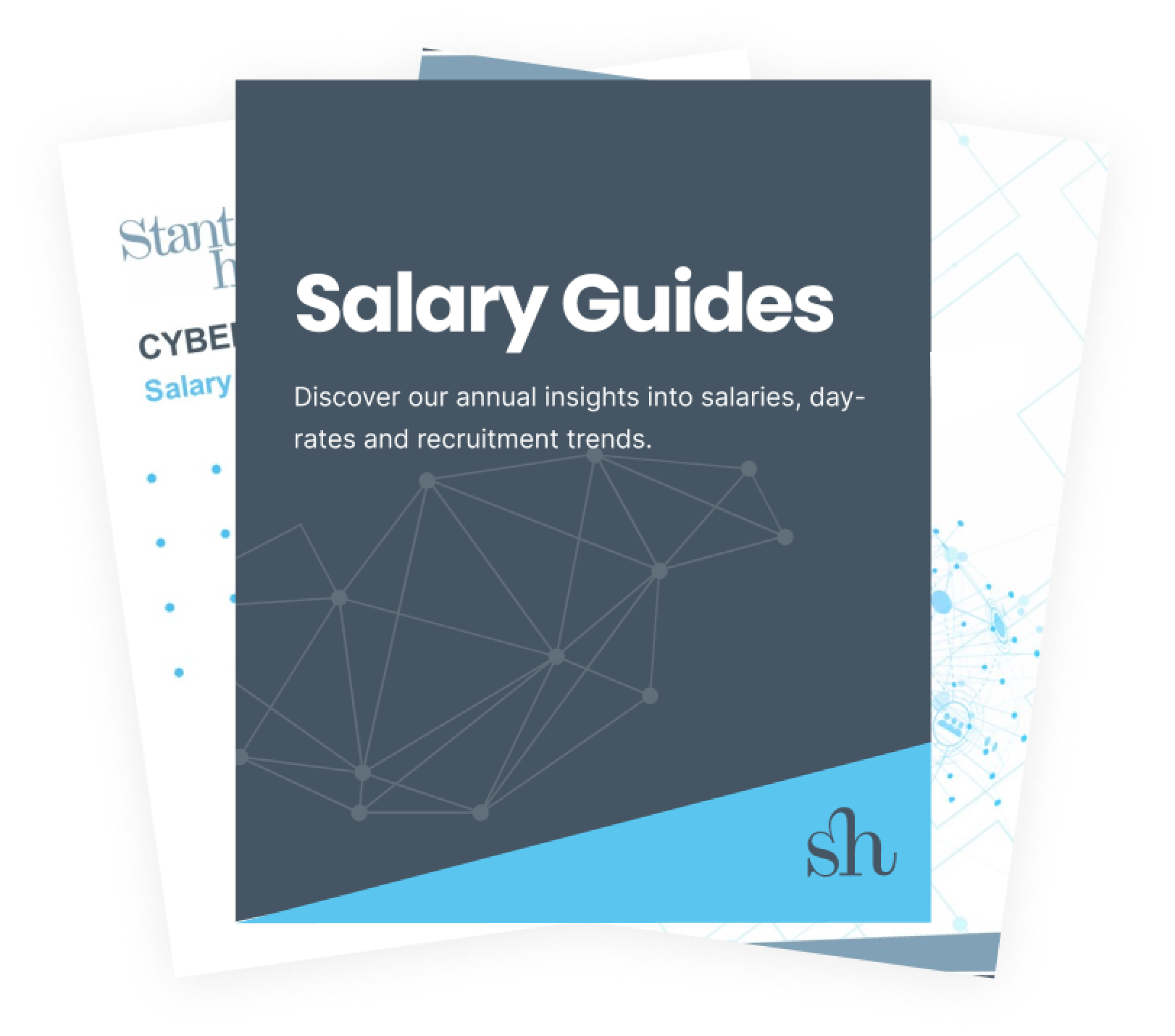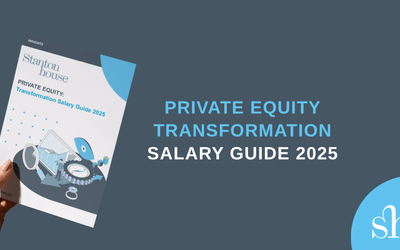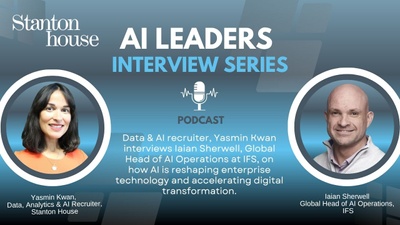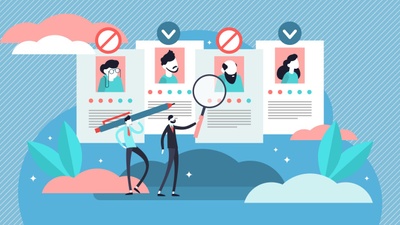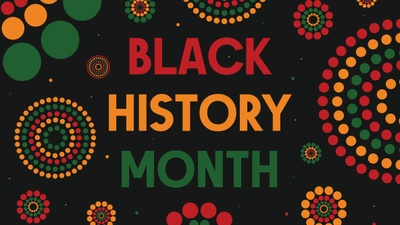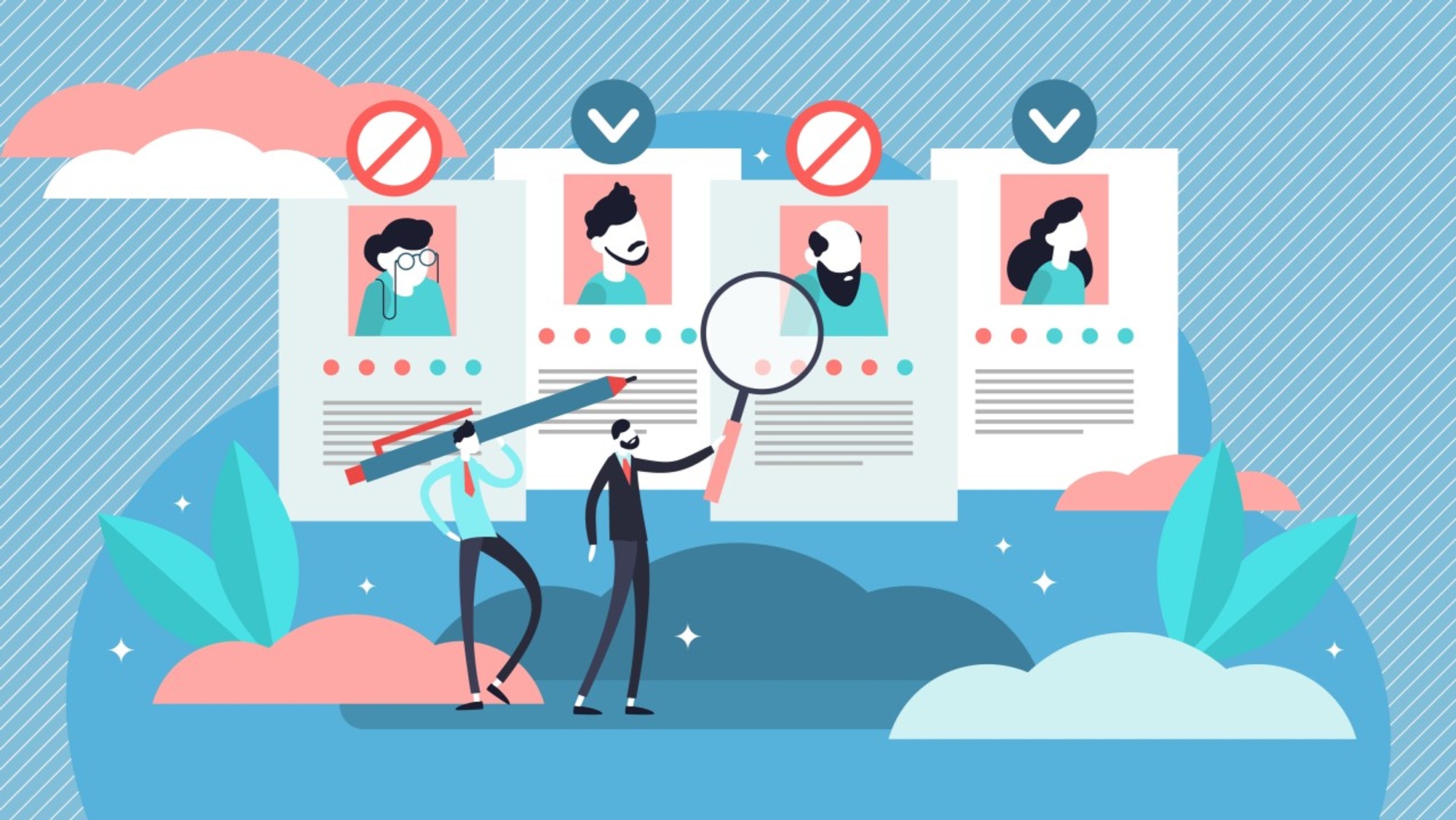
Too Old to Click: Ageism in the Age of AI
When we published our first Outspoken article on this topic, Age is Just a Number, we explored the persistent age bias mature workers face, despite longer working lives and the legal protections in place. The response to that piece, and our recently published Ageless Talent insight guide, confirmed one thing: age is still the ‘silent A’ in DEI.
And now there’s a new factor shaping this conversation - AI in recruitment.
AI Is Reshaping the Job Market, But Not for Everyone
Recruitment technology has made huge strides in recent years. From applicant tracking systems (ATS) to AI-powered CV screeners and video interview tools, hiring has become faster and more scalable. But it’s also raised new questions about fairness, especially for older candidates.
According to a 2024 Harvard Business Review analysis, many AI models unintentionally perpetuate age discrimination, simply because they’re trained on historical data that already contains bias. If most past hires were under 40, the algorithm learns to prefer profiles that look the same. It's not malicious - just uncorrected.
A report by the American Association of Retired Persons (AARP) adds that even formatting choices, like longer CVs or older graduation dates, can lead ATS systems to deprioritise experienced candidates before a human ever reviews their profile.
Digital Bias: A New Barrier for Older Candidates
Many mature professionals report that the way job applications are designed often deters or disadvantages them:
- Drop-down menus that don't go back far enough to include their qualifications
- Video interview tools that reward fast-talking over thoughtful responses
- CV parsing tools that interpret career breaks or seniority as red flags
Even platforms like LinkedIn can present challenges. A Stanton House candidate recently told us:
“If you take a career break or don’t post every day, you drop off recruiter searches. I feel invisible.”
This isn't just anecdotal. Research by the UK Centre for Ageing Better found that 36% of people aged 50-60 feel disadvantaged in hiring due to age, and 79% of women over 45 believe they are being overlooked entirely.
Employers Could Miss Out on Critical Skills
With the World Economic Forum projecting that AI and automation will transform 44% of core skills by 2028, many organisations are racing to upskill younger workforces. But in doing so, they may be ignoring an experienced talent pool already capable of adapting.
As our Ageless Talent guide explains, the narrative that older workers can’t embrace change is flawed. Many bring deep problem-solving ability, leadership, and emotional intelligence - the very human skills that will differentiate teams in an AI era.
So, What Can Employers Do Differently?
Our guide outlines a number of practical steps employers can take to ensure recruitment processes and technology don’t shut out experienced candidates:
Talent Attraction
Optimise for All Entry Points: Ensure your job listings and careers pages are both mobile-optimised and desktop-friendly, with simple navigation and visible human contact options.
Make Your Employer Brand AI-Ready: Recognise that candidates are asking LLMs (Large Language Models like ChatGPT) about you. Keep public-facing content (e.g.Glassdoor, LinkedIn, salary reports, careers pages) consistent and accurate so generative tools reflect your strengths and value proposition.
Balance Personalisation with Automation: While AI can streamline screening, onboarding, or comms, it should never replace the human touch, especially for experienced candidates who value relationship-driven engagement.
Avoid Age Bias in Language & Imagery: Review your careers content for subtle exclusions e.g. imagery skewed toward young professionals, phrases like “fastpaced” or “digital native,” or overly casual tone that may alienate mid-career applicants.
Design for Accessibility, Not Assumption: Don’t assume digital fluency based on age. Use plain language, minimise friction, and test your platforms with diverse user profiles - including those less familiar with AI-driven interfaces.
Segment Your Sourcing Strategy: While Gen Z might engage on TikTok or AI chat, experienced hires may respond better to curated LinkedIn outreach, industry-specific channels, or direct recruiter engagement. Match the medium to the audience.
Equip Hiring Teams to Understand Digital Behaviour: Provide internal training on how AI, mobile usage, and search trends shift jobseeker behaviour – and how bias can creep into tools like AI CV scanners or automated interview tech.
Talent Selection
Skills-First Job Design: Ensure job descriptions focus on what needs to be done – not how long someone’s been doing it. Avoid asking for a specific number of years’ experience unless absolutely essential.
Remove Age Signals from Screening: Implement blind recruitment practices where dates of birth, graduation, or career start are redacted at initial screening. Use structured scoring rubrics to reduce subjective decisions.
Use Inclusive Language in Role Adverts: Avoid terms like “recent graduate,” “digital native,” or “high energy” that can imply age preference. Highlight flexible working and purpose-driven culture instead.
Design Structured, Behaviour-Based Interviews: Use consistent questions aligned to job competencies. Focus on what candidates can bring, not assumptions about what stage of life they’re in.
Rethink What Culture Fit Really Means: Challenge hiring panels to define “fit” based on values and working style, not age similarity. Ask: “Would this person bring something valuable and different to the team?”
Clarify Return & Re-Entry Opportunities: For individuals re-entering the workforce after a break, normalise this with re-onboarding options, supported starts, or project-based ramps.
Frame Offers with Flexibility: Consider how pension access, part-time needs, or career motivations may differ across age groups, and reflect that in your total offer, not just salary.
Why This Matters Now
With over 32.6% of the UK workforce now aged 50+, and many professionals working well into their 70s, multigenerational workforce design is not a niche concern - it’s a business imperative. AI won’t replace this demographic shift; it will simply amplify the choices we make about who gets seen, heard, and hired.
Want More Insight?
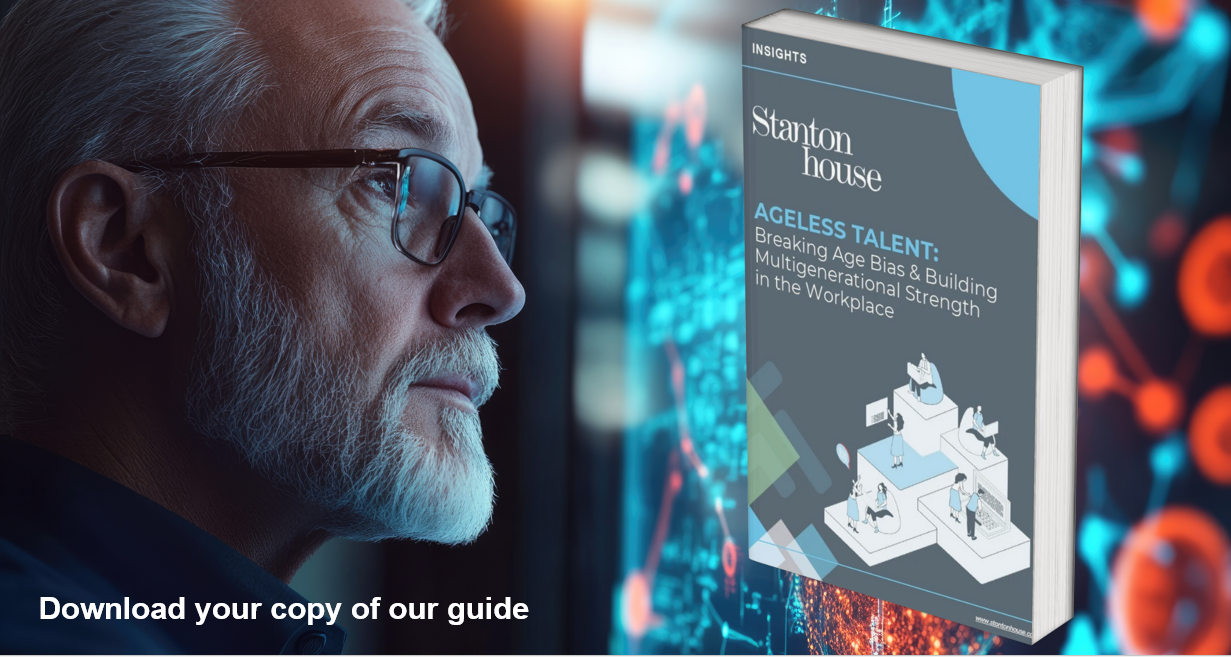
Download your copy of Ageless Talent: Breaking Bias & Building Multigenerational Strength in the Workplace, which explores:
- How age bias shows up in recruitment - and how to remove it
- Why intergenerational teams drive better performance and innovation
- How technology is reshaping the job search - and what it means for attraction strategies
- Practical advice for mature professionals navigating today’s hiring landscape
- Strategies to build an inclusive culture that values experience at every career stage
Get your guide here or complete the download form at the bottom of this blog.
Alternatively, listen to insights from our guide, which is now available as an AI-generated podcast discussion.
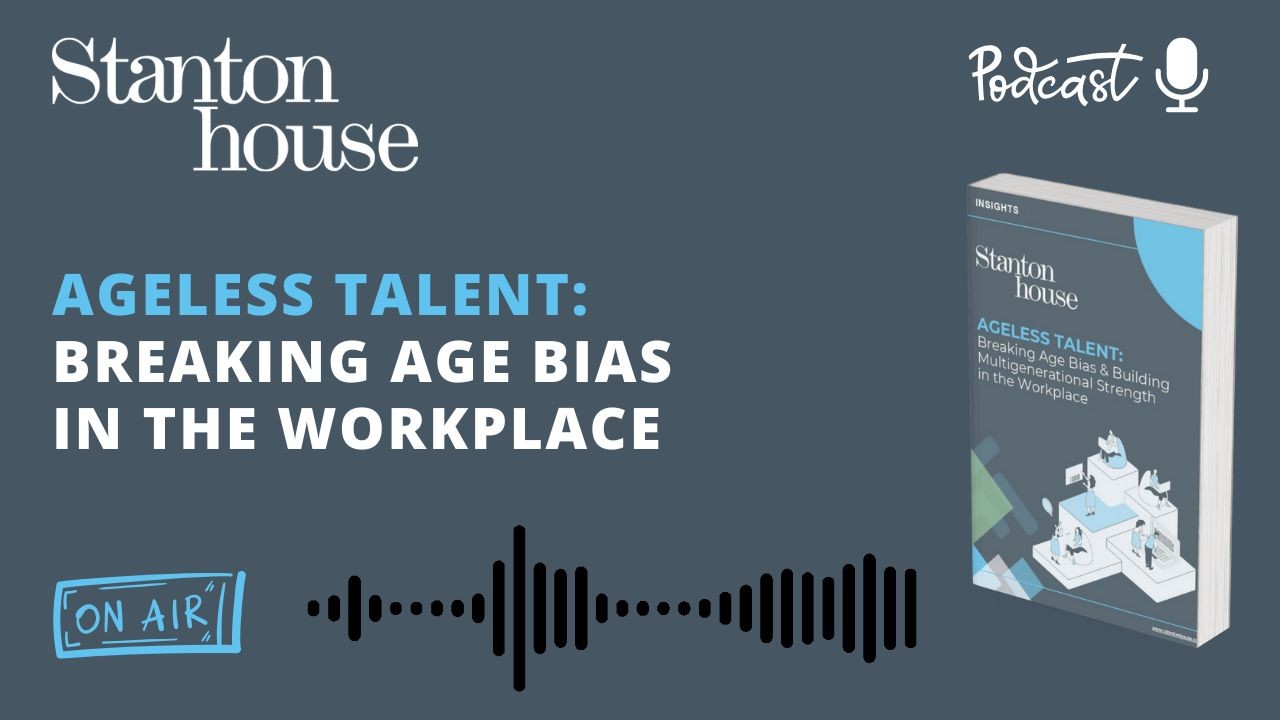
Whether you're commuting, working, or just looking for a convenient way to stay updated, you can now listen on the go. Please note that AI-generated speech is not always perfect! But whether you're rethinking your hiring strategy or planning your next career move, we hope you find the discussion insightful. Happy Listening!
Listen here
Sources:
- CIPD: Age-Diverse Workforces
- CIPD: Understanding Older Workers
- Life’s 4 Quarters by Avivah Wittenberg-Cox
- Centre for Ageing Better: Tackling ageism in Recruitment
- Centre for Ageing Better: Good Recruitment for Older Workers
- Centre for Ageing Better: Closing the Employment Gap
- Harvard Business Review: Bridging Generational Divides
- Forbes: Bridging the Generational Gap
- Age UK: Ageism at Work
- Podcast: 4-Quarter Lives by Avivah Wittenberg-Cox

